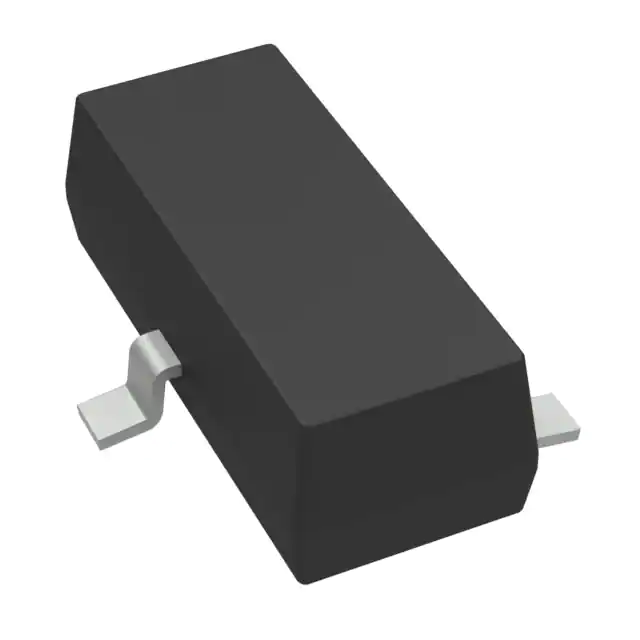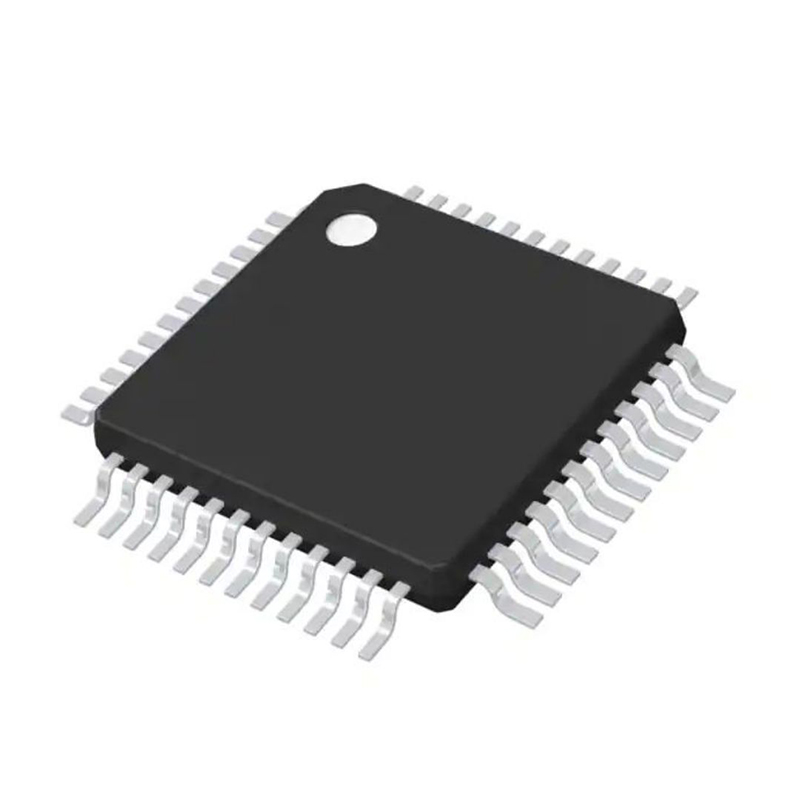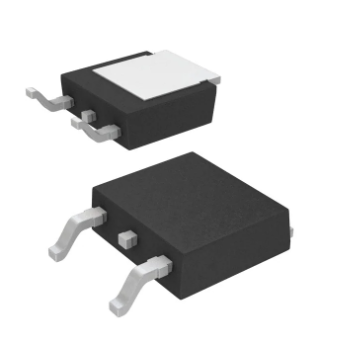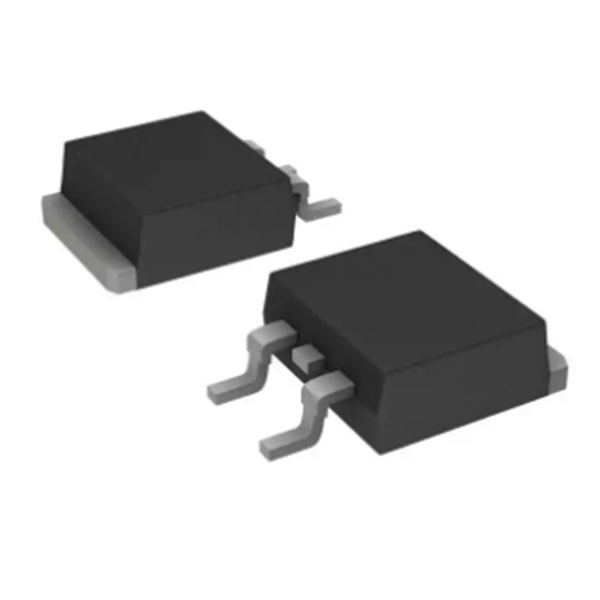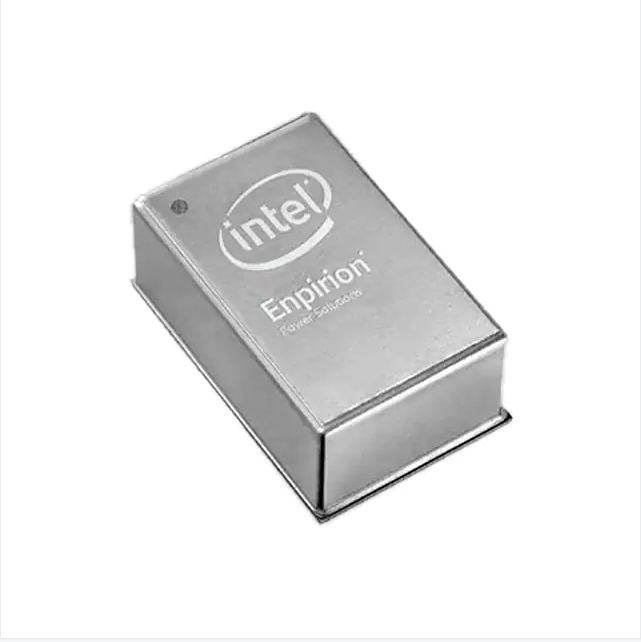XCZU6CG-2FFVC900I – Integrated Circuits, Embedded, System On Chip (SoC)
Product Attributes
| TYPE | DESCRIPTION |
SELECT |
| Category | Integrated Circuits (ICs)Embedded
System On Chip (SoC) |
|
| Mfr | AMD |
|
| Series | Zynq® UltraScale+™ MPSoC CG |
|
| Package | Tray |
|
| Product Status | Active |
|
| Architecture | MCU, FPGA |
|
| Core Processor | Dual ARM® Cortex®-A53 MPCore™ with CoreSight™, Dual ARM®Cortex™-R5 with CoreSight™ |
|
| Flash Size | - |
|
| RAM Size | 256KB |
|
| Peripherals | DMA, WDT |
|
| Connectivity | CANbus, EBI/EMI, Ethernet, I²C, MMC/SD/SDIO, SPI, UART/USART, USB OTG |
|
| Speed | 533MHz, 1.3GHz |
|
| Primary Attributes | Zynq®UltraScale+™ FPGA, 469K+ Logic Cells |
|
| Operating Temperature | -40°C ~ 100°C (TJ) |
|
| Package / Case | 900-BBGA, FCBGA |
|
| Supplier Device Package | 900-FCBGA (31x31) |
|
| Number of I/O | 204 |
|
| Base Product Number | XCZU6 |
Documents & Media
| RESOURCE TYPE | LINK |
| Datasheets | Zynq UltraScale+ MPSoC Overview |
| Environmental Information | Xiliinx RoHS CertXilinx REACH211 Cert |
Environmental & Export Classifications
| ATTRIBUTE | DESCRIPTION |
| RoHS Status | ROHS3 Compliant |
| Moisture Sensitivity Level (MSL) | 4 (72 Hours) |
| REACH Status | REACH Unaffected |
| ECCN | 5A002A4 XIL |
| HTSUS | 8542.39.0001 |
System on Chip (SoC)
System on Chip (SoC) refers to the integration of multiple components including processor, memory, input, output and peripherals onto a single chip. The purpose of an SoC is to enhance performance, reduce power consumption, and minimize the overall size of an electronic device. By integrating all necessary components onto a single chip, the need for separate components and interconnects is eliminated, increasing efficiency and reducing costs. SoCs are used in a wide variety of applications including smartphones, tablets, personal computers and embedded systems.
SoCs contain several features and characteristics that make them a significant technological advancement. First, it integrates all major components of a computer system onto a single chip, ensuring efficient communication and data transfer between these components. Second, SoCs offer higher performance and speed due to the proximity of different components, thereby eliminating delays caused by external interconnects. Third, it enables manufacturers to design and develop smaller, slimmer devices, making them ideal for portable electronics such as smartphones and tablets. In addition, SoCs are easy to use and customize, allowing manufacturers to incorporate specific functions and features as required by a particular device or application.
The adoption of system-on-chip (SoC) technology brings numerous advantages to the electronics industry. First, by integrating all components onto a single chip, SoCs significantly reduce the overall size and weight of electronic devices, making them more portable and convenient for users. Second, the SoC improves power efficiency by minimizing leakage and optimizing power consumption, thereby extending battery life. This makes SoCs ideal for battery-operated devices such as smartphones and wearables. Third, SoCs offer improved performance and speed, enabling devices to handle complex tasks and multitasking with ease. In addition, the single-chip design simplifies the manufacturing process, thereby reducing costs and increasing yields.
System-on-Chip (SoC) technology has been widely used in various industries. It is widely used in smartphones and tablets to achieve high performance, low power consumption and compact design. SoCs are also found in automotive systems, enabling advanced driver assistance systems, infotainment and autonomous driving functions. In addition, SoCs are widely used in fields such as healthcare equipment, industrial automation, Internet of Things (IoT) devices, and game consoles. The versatility and flexibility of SoCs make them essential components of countless electronic devices across a variety of industries.
In summary, System-on-Chip (SoC) technology is a game changer that has transformed the electronics industry by integrating multiple components onto a single chip. With advantages such as enhanced performance, reduced power consumption, and compact design, SoCs have become important elements in smartphones, tablets, automotive systems, healthcare equipment, and more. As technology continues to advance, systems on a chip (SoC) are likely to evolve further, enabling more innovative and efficient electronic devices in the future.







